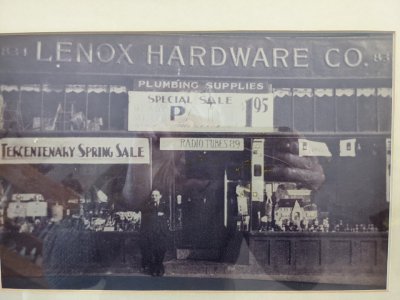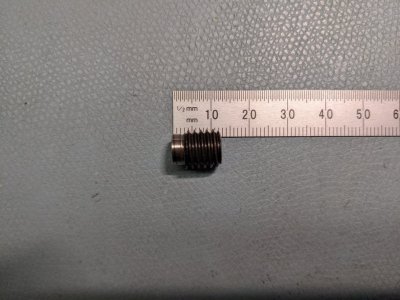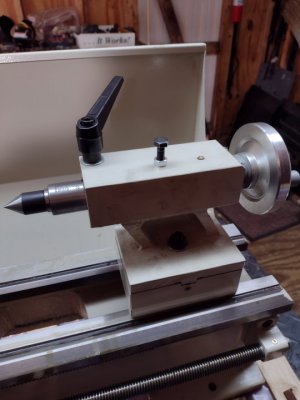Got it apart. Threads on the set screw had some deformation. Drove out the screw with a dead blow against a block of wood. No marks on the quill. Quill bore is mostly ok. There's some sort of scratch starting from the setscrew going towards the ball oiler. It is about 1cm long. Unfortunately I can't feel it, since it is beyond my finger length. I attempted to use a rod to slowly slide it along the bore to try to tell if there was a burr and couldn't really feel one. Might be a casting defect, it didn't look fresh.
I have put it back together again, using a new set screw, for the moment. I will drill it out and put in a dog point set screw. Seems the easiest solution. Of course, I don't have any M10 set screws, but that is easy to fix. So at the moment I am back in business. I'll take it apart again when I get the M10 set screws.
Oh, probably the real problem was I ran off the end, or was very close to the end. I was at 2.5" extension when everything went to the dogs. Lesson learned.


 Should've told me you needed M-10 set screws an hour ago , they would be on their way also .
Should've told me you needed M-10 set screws an hour ago , they would be on their way also . 

